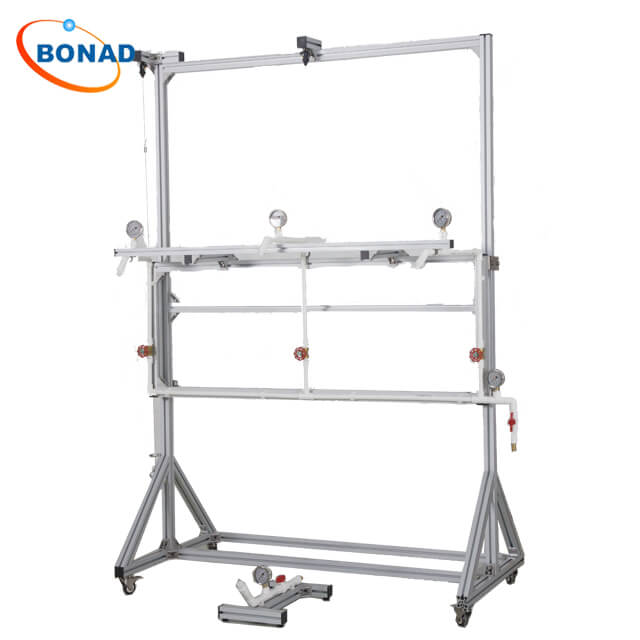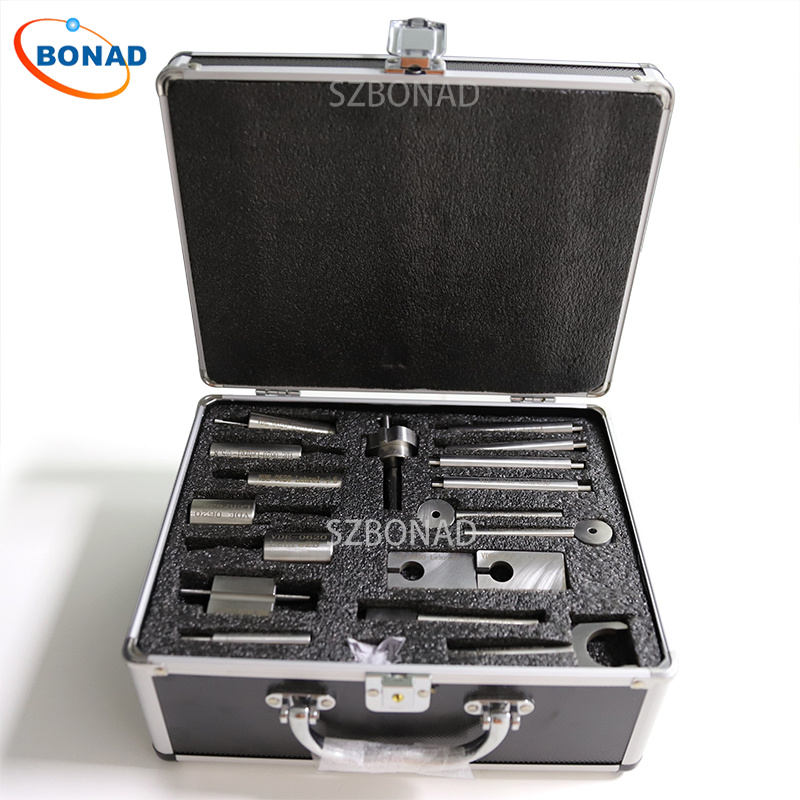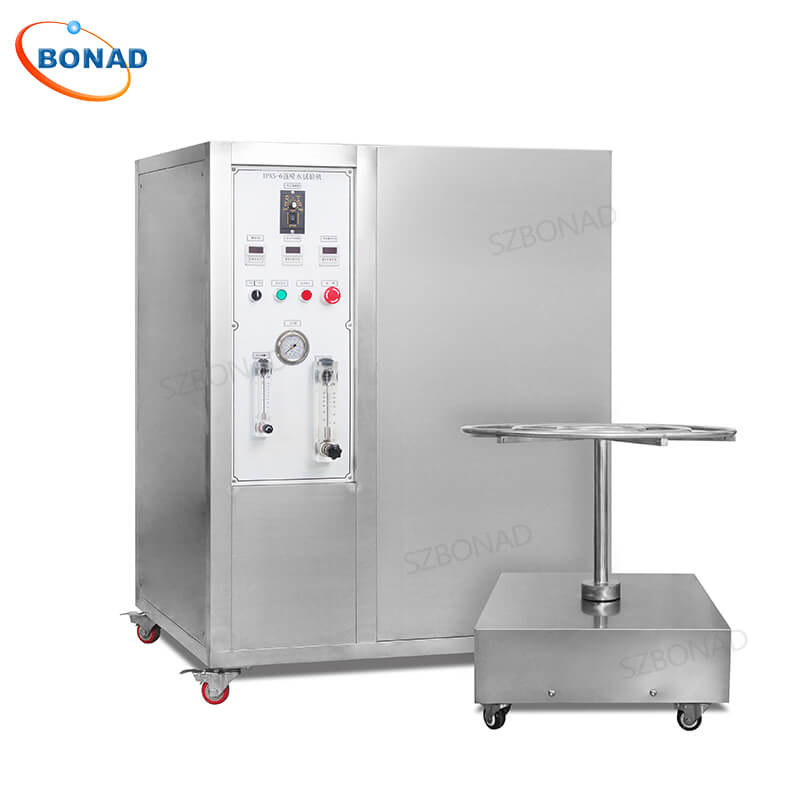Introduction: Why Waterproof Testing Matters for Electronics
For outdoor lighting, electrical enclosures, waterproof connectors, and other electronic products, water resistance is critical to safety and longevity. The UL Rain Test, an internationally recognized validation method, simulates real-world rainfall to identify design flaws, improve sealing mechanisms, and verify compliance with IP ratings (e.g., IPX3/IPX4). This article delves into test procedures, equipment selection, and data analysis, with a focus on the industry-leading BONAD BND-UL Water Spray Test Device.

1. Purpose and Scope of the UL Rain Test
The UL Rain Test evaluates product performance under simulated rainfall, targeting:
- Outdoor electronics: Streetlights, surveillance systems, EV charging stations.
- Industrial equipment: Control panels, junction boxes, machinery housings.
- Consumer electronics: Waterproof phone accessories, portable power stations.
Key Benefits for Manufacturers:
- Regulatory Compliance: Meet UL 1598, IEC 60529, and other global standards.
- Design Optimization: Identify material degradation or sealing failures early.
- Quality Assurance: Validate batch consistency during production.
2. Advantages of the BONAD BND-UL Water Spray Test Device
The BONAD BND-UL Water Spray Test Device stands out for UL Rain Testing with:
- Precision Simulation: Adjustable spray angles (0°, 30°, 60°, 90°), water pressure (34.5 kPa), and duration (1-4 hours).
- Durable Construction: Stainless steel body resistant to corrosion.
- Smart Controls: Programmable test cycles with real-time monitoring.
- Global Compliance: Aligns with UL, IEC, and regional standards.
Typical Applications:
- Waterproof validation for outdoor luminaires.
- Seal integrity tests for electrical cabinets.
- Weather resistance checks for automotive electronics.
3. UL Rain Test Procedure and Key Parameters
Step-by-Step Process:
- Setup: Mount the specimen 1-2 meters from nozzles.
- Configuration: Set spray angle (e.g., 90° for heavy rain), pressure, and duration.
- Post-Test Inspection: Check for water ingress, circuit malfunctions, or structural damage.
Critical Parameters:
| Parameter | Specification |
|---|---|
| Water Pressure | 34.5 kPa (5 psi) |
| Test Duration | 1-4 hours (as needed) |
| Nozzle Diameter | 1.2 mm |
4. Post-Test Analysis and Design Improvements
After testing with the BONAD BND-UL device, evaluate:
- IP Rating Compliance: Confirm alignment with claimed protection levels (e.g., IPX4 splash resistance).
- Electrical Safety: Test insulation resistance and connector functionality.
- Mechanical Integrity: Inspect for corrosion, cracks, or deformation.
Common Design Fixes:
- Upgrade sealing gaskets (e.g., silicone over rubber).
- Optimize drainage to prevent water pooling.
- Reinforce welding or anti-corrosion coatings.
5. Business Value of UL Rain Testing
- Risk Mitigation: Reduce recalls and warranty claims caused by water damage.
- Market Access: Certify products for strict markets like the EU and North America.
- R&D Efficiency: Accelerate time-to-market with early-stage testing.
Conclusion: Elevate Product Reliability with Advanced Testing
The UL Rain Test is not just a regulatory hurdle—it’s a strategic tool to build trust in your brand. With precision equipment like the BONAD BND-UL Water Spray Test Device, manufacturers can ensure compliance, enhance durability, and dominate competitive markets.


